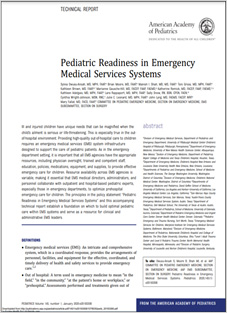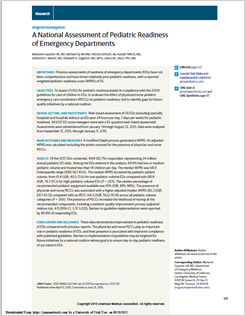What Data Does the EDC Collect for SP?
The 2020 joint policy statement 1, Pediatric Readiness in Emergency Medical Services Systems, recognizes the importance of quality prehospital care for children. It outlines the need for collaboration between EMS systems and pediatric acute care experts to optimize prehospital care for children to improve outcomes across the healthcare continuum. Furthermore, timely access to pediatric specialty services (such as hospitals with a 24/7 ED) for a child in the acute stages of illness or injury is critical to reducing morbidity and mortality. 2 Most children are treated first in a local community hospital, which may not have all the processes, staff, and equipment needed to provide specialty pediatric care.
1. Owusu-Ansah S, Moore B, Shah MI, Gross T, Brown K, Gausche-Hill M, Remick K, Adelgais K, Rappaport L, Snow S, Wright-Johnson C. Pediatric readiness in emergency medical services systems. Pediatrics. 2020 Jan 1;145(1).
2. Gausche-Hill M, Ely M, Schmuhl P, Telford R, Remick KE, Edgerton EA, Olson LM. A national assessment of pediatric readiness of emergency departments. JAMA Pediatrics. 2015 Jun 1;169(6):527-34.
The EMSC Data Center (EDC) collects data assessing this pediatric readiness from more than 14,500 911 prehospital agencies and 5,000 hospitals with a 24/7 ED as well as a coordinated system of thousands of networked hospitals via PECARN. The PECARN clinical network and registry provides information on tens of thousands of ED visits each year.
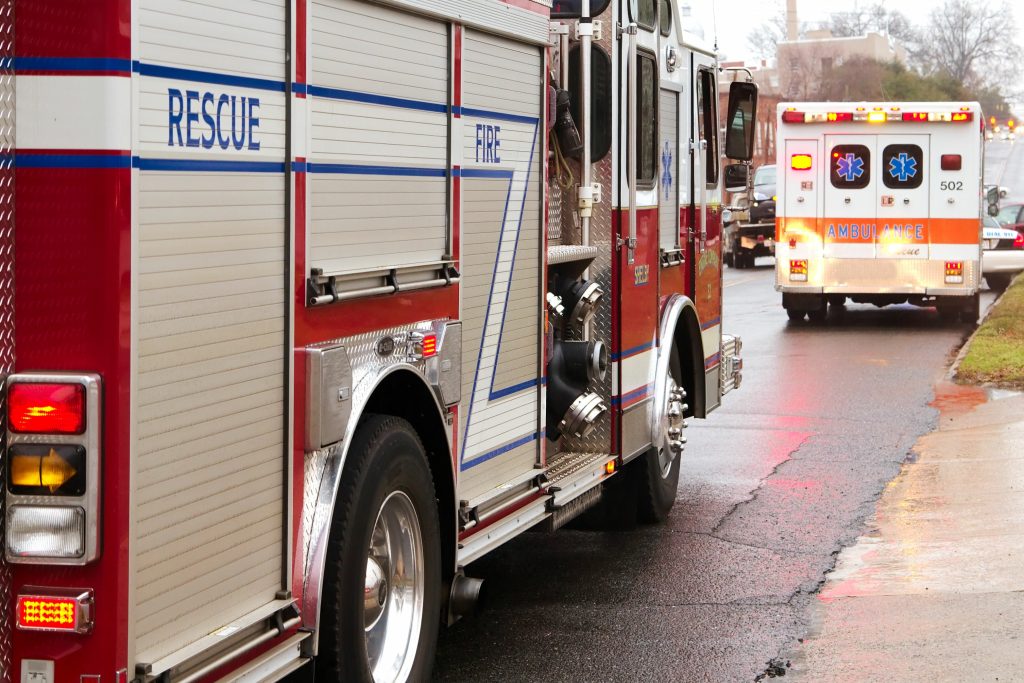
14,500+
911 prehospital agencies
5,000+
hospitals with a 24/7 ED

We believe we have one of the most comprehensive lists of prehospital agencies and hospitals with EDs in the country.
The EDC is uniquely qualified to collect data related to pediatric patients. Our staff of clinicians, statisticians, and data collection experts are among some of the top in their field. This allows us to provide detailed information about prehospital agency practices and hospital procedures/policies for the care of children and link them to outcomes. Data collected is measurable through time due to our data linkage setup. The PECARN Network consists of clinical trial data collected from thousands of hospitals across the nation.
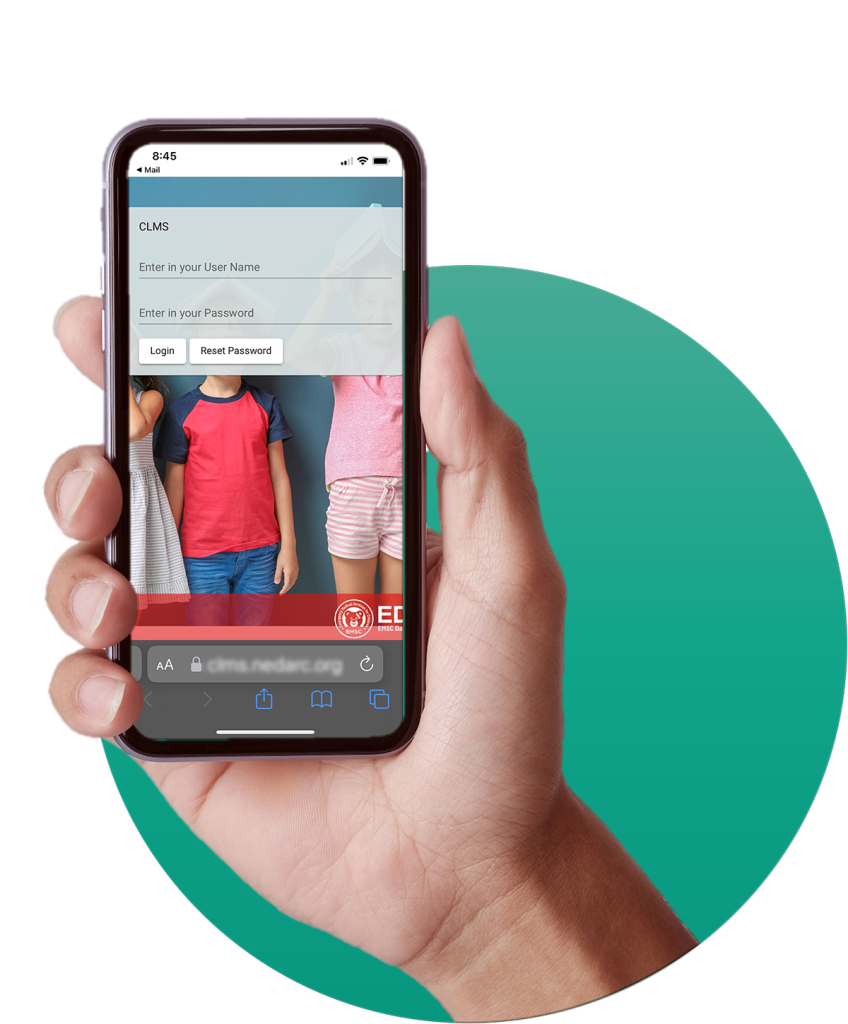
Both external and internal researchers have published hundreds of manuscripts in peer-reviewed journals via the EMSC Program and the PECARN Network since 1995.
For data linkage, we are working on several projects with the National Emergency Medical Services Information System (NEMSIS), the Trauma Quality Improvement Program (TQIP), and the American Hospital Association (AHA).
The EDC is also the repository for:
- EMS for Children Survey with 911 prehospital agencies
- National Prehospital Pediatric Readiness Project (PPRP) assessment with prehospital agencies
- National Pediatric Readiness Project (NPRP) assessment with hospital EDs
Pediatric Emergency Care Opportunities for Research
Thank you for your interest in using EDC pediatric emergency care data for research. We currently have the National Pediatric Readiness Project (NPRP) and the National Prehospital Pediatric Readiness Project (PPRP) data available for request. Both assessments are part of national quality improvement initiatives, with assessments sent to over 5,000 hospital emergency departments (EDs) for NPRP and over 15,000 prehospital agencies for PPRP.
Investigators and researchers interested in using the data from these assessments can get access to the data by completing the research opportunities request processes listed below.
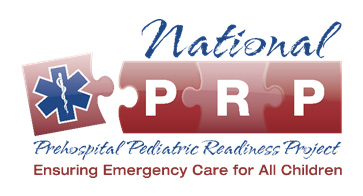
National Prehospital Pediatric Readiness Data
To request 2024 PPRP data for scholarly purposes, please review the PPRP Research Opportunities Request Process by clicking below:
National Pediatric Readiness Data
To request 2021 NPRP data for scholarly purposes, please review the NPRP Research Opportunities Request Process by clicking below:
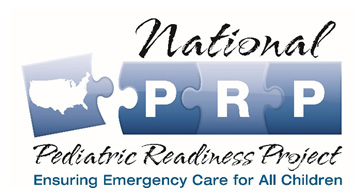
Data Dictionaries, Surveys, and Assessments
For each or our prehospital and hospital ED survey and assessments we have a data dictionary of the list of questions with their variable names, and definitions and attributes of the data elements that are captured in the database. We also have a printed version for each of our online surveys/assessments.
A description of each of our data collection projects can be found with downloadable copies of the associated data dictionaries and surveys/assessments. We hope these documents will assist you in forming research questions or reviewing your dataset if you are an EMSC Program Manager.
National Data Reports and Factsheets
The EDC staff prepare national reports and factsheets from the pediatric emergency care data we collect and analyze. These reports and factsheets are free to download and share.
Check out our downloadable reports and factsheets
Interactive Public National Dashboards
We use Tableau to create interactive dashboards of the data we collect for the EMSC Program and from other national datasets like the US Census.
While we can’t share the identifiable data with the public, we are in the process of creating aggregate national dashboards that will allow users to interact with data on a national level by tracking, analyzing, monitoring, and displaying key trends in the data.

External Data Resources for Linkage
The following websites have data that is publicly available and most can be linked to the data housed at the EDC:
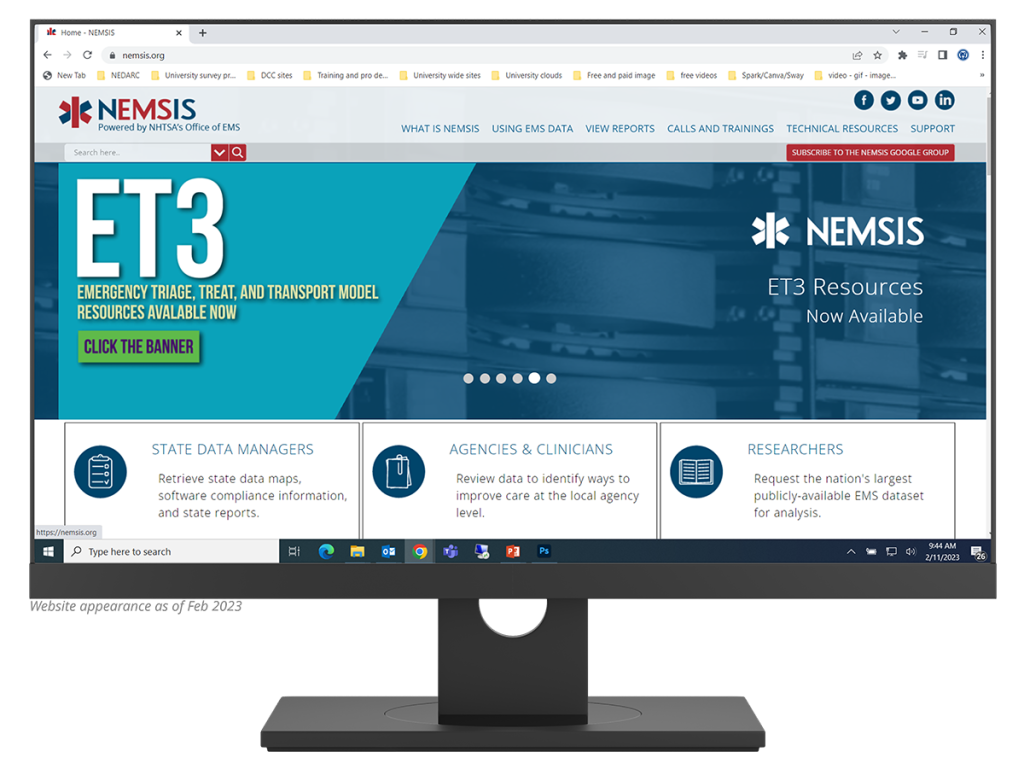
The EDC is currently working with NEMSIS to provide data linkage for patient outcomes. NEMSIS is the national database that is used to store EMS data from the US States and Territories. NEMSIS is a universal standard for how patient care information resulting from prehospital EMS activations is collected. NEMSIS is a collaborative system to improve patient care through the standardization, aggregation, and utilization of point of care EMS data at a local, state, and national level. NEMSIS is a product of NHTSA’s Office of EMS and in collaboration with the University of Utah is the host of the Technical Assistance Center (TAC).
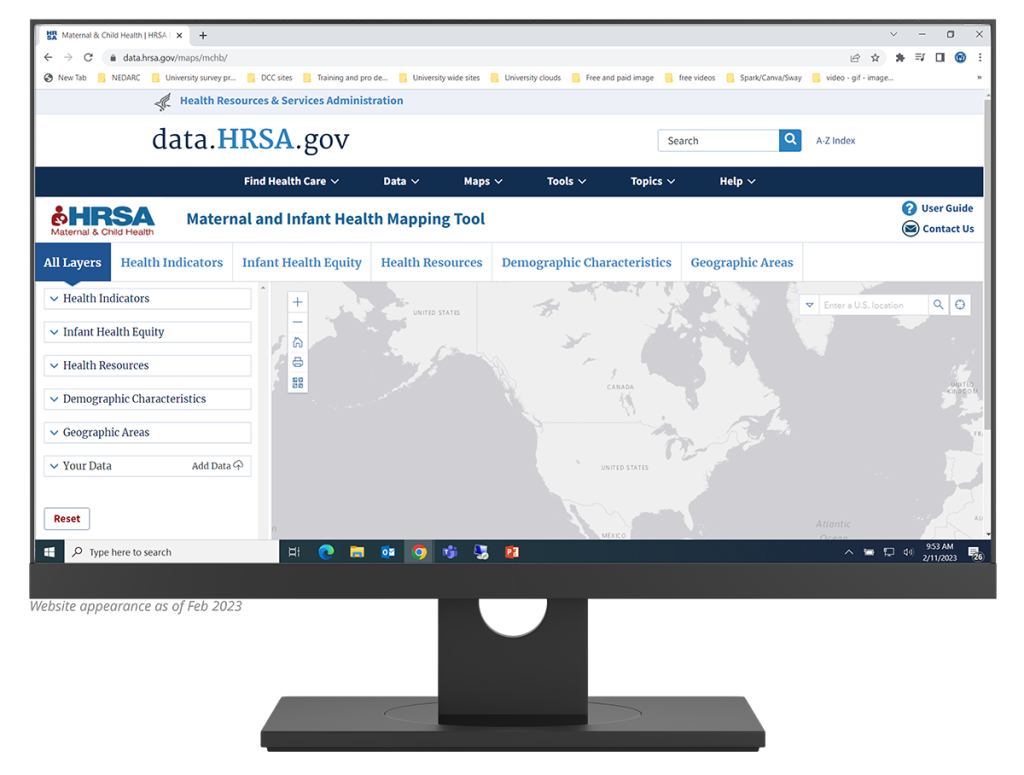
The Maternal and Infant Health Mapping Tool is an interactive online tool that allows users to create and customize county-level maps on maternal and infant health. Users can explore the geographic relationships between maternal and infant health indicators, health resources, and demographics. The tool was designed to help federal, state, and local decision-makers and others visualize maternal and infant health factors to assist in understanding need and targeting resources.

The EDC is also working with the staff at TQIP to provide ways to link datasets. The TQIP collects data from trauma centers including benchmarking for pediatric trauma centers; this allows for the ability to track outcomes and improve patient care.
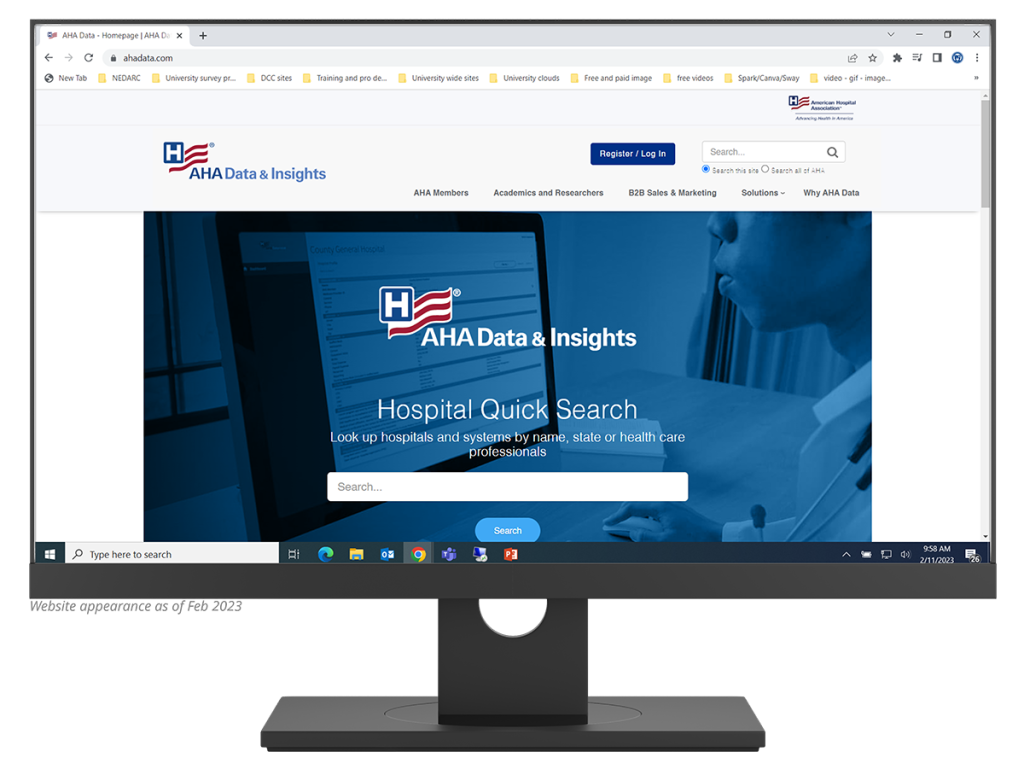
Since 1946, the American Hospital Association has collected data provided by the nation’s hospitals and health care systems to give researchers the most consistent and complete view of trends such as hospital characteristics, physician models, and types of hospitals.
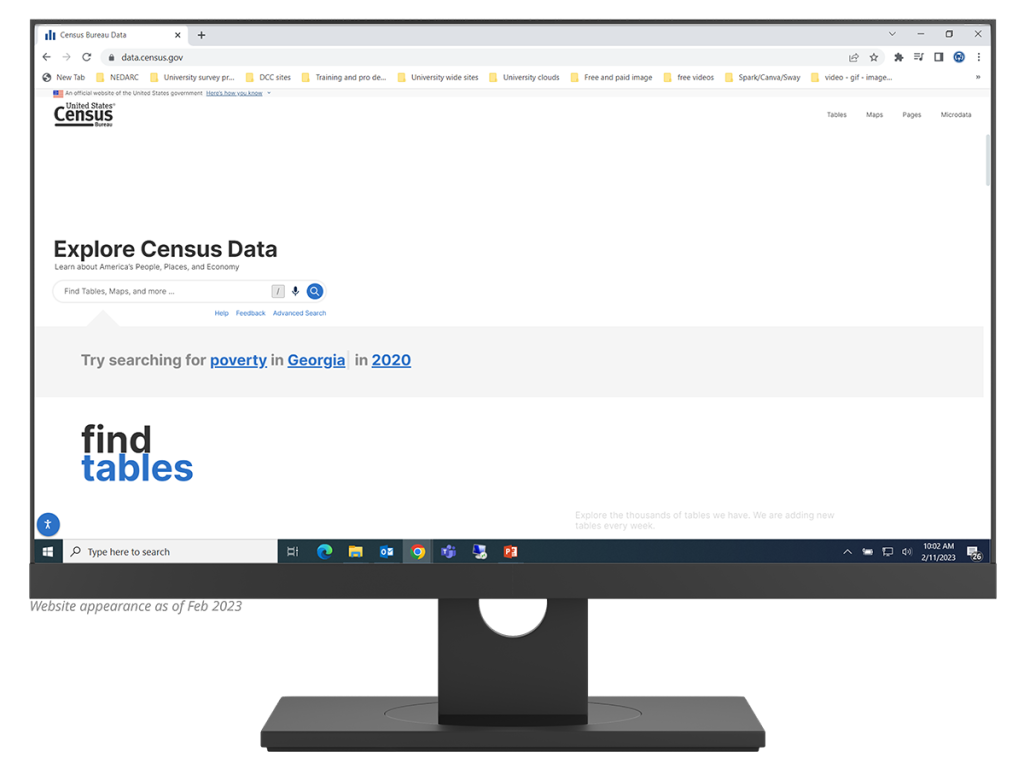
The new Census.gov “Explore Census Data” system contains population data (children 18 and under), poverty indices, disparity information, and more.
The Census Academy offers free eLearning tutorials, courses, and webinars.


